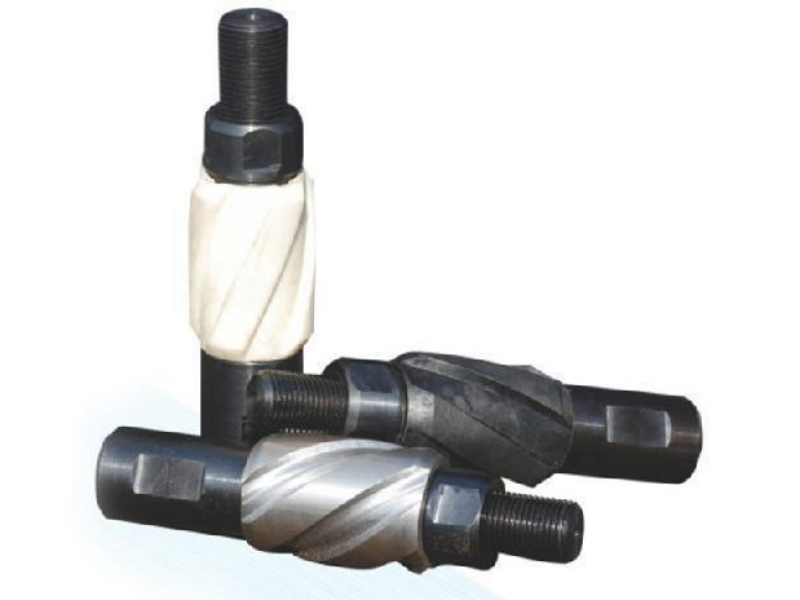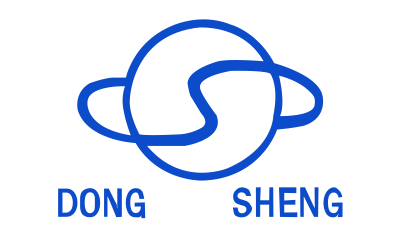In oil extraction, the core value of sucker rod centralizer is to balance anti-wear protection and operational safety-not only to reduce the friction between the sucker rod and the tubing to extend the life of the equipment, but also to avoid stuck well accidents. Stuck wells will directly interrupt production and cause chain failures. If the sucker rod centralizer configuration is simplified to avoid stuck wells, the anti-wear effect will be lost. Based on global service experience, Dongsheng Petroleum has summarized the whole process solution to help customers balance the two. We explain it from four dimensions.
1. Scientific selection:
The selection of sucker rod centralizer needs to be combined with the well type, borehole trajectory, and crude oil characteristics to accurately match. For oblique and horizontal wells, sucker rod centralizer with elastic structure is preferred. We use polymer or composite materials with radial shrinkage ability, which can adapt to the curved section of the borehole to avoid rigid collision and caton, and the coefficient of friction is lower, and the anti-wear effect is better. The elastic sucker rod centralizer we developed also optimizes the arc design of the end to further reduce caton.
High-sand-containing wells need to choose a sucker rod centralizer with a wide flow channel and spiral diversion to avoid the accumulation of sand particles to form a “sand bridge”, while dispersing frictional stress to extend the anti-wear life; High-viscosity crude oil wells need a sucker rod centralizer with a smooth surface and a self-lubricating coating to reduce resistance and the probability of stuck wells. Deep wells should choose sucker rod centralizer with high temperature resistance to prevent the material from softening and deformation; Shallow wells can choose polymer sucker rod centralizer, but sufficient compressive strength must be guaranteed.
2. Precise installation:
The installation of sucker rod centralizer must follow the principle of “reasonable spacing, suitable angle, and centered installation”. The spacing of sucker rod centralizer in straight wells needs to be reasonable, not only to support the centering of the sucker rod, but also to avoid excessive number of catons; Oblique wells and horizontal wells need to be reduced due to the complex trajectory, the spacing needs to be reduced to strengthen the support.
For the oblique section of the directional well, the sucker rod centralizer needs to be at the same angle as the trajectory of the borehole, and the deviation is too large to form a “stuck point”. It is recommended to use a sucker rod centralizer with an angle mark, with special tools to ensure coaxiality and avoid friction or caton caused by eccentricity. The old well needs to be tested for the diameter of the borehole before installation, and then enter the sucker rod centralizer after processing the reduced diameter and falling objects. We have used this process to avoid stuck wells and reduce tubing wear for old wells in the Middle East.

3. Dynamic operation and maintenance:
In long-term operation, sucker rod centralizer needs dynamic operation and maintenance. Intelligent sucker rod centralizer with wear monitoring can be used, such as our Internet of Things model, which transmits wear data in real time, and automatically alarms when the anti-wear effect drops to avoid problems caused by excessive wear.
Sucker rod centralizer needs to be inspected regularly to check cracks, deformation, and sand particle adhesion, and to clean up and replace faulty parts in time; High-sand wells can shorten the cycle and use sand-proof tools to reduce sand particles entering the gap. When the crude oil parameters are abnormal, the operating parameters need to be adjusted, such as the impulse reduction and the temporary increase in the number of sucker rod centralizer, to achieve dynamic adaptation.
4. Special scenes:
The pressure of ultra-deep wells is high, and ordinary sucker rod centralizer is easy to deform and jam wells. The high-pressure compression-resistant sucker rod centralizer we developed uses reinforced composite materials to take into account elastic wear resistance and compression resistance.
In acidic sulfur-containing wells, sucker rod centralizer needs to be corrosion-resistant, anti-stuck and anti-wear. Our special models use sulfur-resistant materials and anticorrosive coatings to optimize the sealing structure to prevent corrosion and stagnation, and achieve long-term stable operation in acidic oil fields in the Middle East.
In summary, to avoid sucker rod centralizer jamming and ensure anti-wear, the whole process needs to be managed. With customer needs as the core, Dongsheng Petroleum optimizes the design of sucker rod centralizer, provides installation guidance and operation and maintenance support, and helps customers around the world reduce stuck well rates and extend pipe life. If you have balance problems, we can provide customized solutions to escort you throughout the process.

